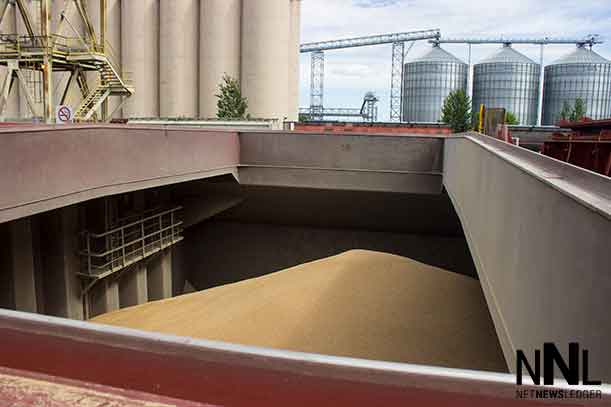
HALIFAX, N.S. – AGRICULTURE – Canada’s agri-food sector has underachieved for too long. The new federal budget gives the sector the opportunity to re-imagine its potential.
Finally, Ottawa wants to make the agri-food sector a place to invest and foster innovation.
The Liberal government aims to increase Canada’s agri-food exports to at least $75 billion annually by 2025 (from $56 billion now) and make our country a trading powerhouse. That target is modest but it’s a start.
Innovation was the overarching theme in the budget delivered last week. Some funding was allocated to genomics research and a modest sum goes to research more broadly. And climate change was mentioned as an innovation driver.
However, the budget document was unclear on how funding could motivate the agri-food sector to better connect what we produce and what consumers want, domestically and abroad. Such connections need to be achieved despite our most significant disadvantage – our Nordic climate.
Most importantly, developing new products for an increasingly diverse consumer base is problematic.
More companies have recently sought innovations. Loblaws, Agropur and a few others have had great progress with fresh programs. Ottawa can act as a catalyst to entice more companies to follow suit.
The budget also puts important focus on logistics and supply chains. Moving products across the country is our greatest challenge to expanding the agri-food sector. More than $12 billion will be invested in gateways, ports, bridges and roads to make trading more efficient. While this isn’t a great sum, it does demonstrate support for agri-food producers.
This follows former prime minister Stephen Harper’s decision in 2005 to invest in the Asia-Pacific Gateway and Corridor initiative. The Conservatives drew our attention to Canada’s logistical deficiencies and now the Liberals are continuing the work.
Connectivity is also important. Following the Canadian Radio-television and Telecommunication Commission (CRTC) recommendation a few months ago, Ottawa intends to invest $500 million to expand rural broadband connections. This is excellent news for market-savvy farmers. Markets can change in an instant and it’s important to make every trading minute count.
The elimination of tariffs – on a long list of ingredients, including cereals and grains, fats and oils, fruits and vegetable, and food preparations and chocolate products – is also good news for the agri-food sector. This could save Canadian processors more than $200 million a year and strengthen their competitiveness at home and abroad.
But the budget was not all good news:
- It didn’t suggest any timelines or framework to increase trades between provinces, which is a significant challenge.
- There was no mention of the crisis state of supply-managed sectors, like dairy, poultry and eggs.
- It didn’t provide any suggestions on how Ottawa intends to update the Temporary Foreign Worker Program, which is critical for the agri-food sector, particularly in processing.
- And it doesn’t mention how Ottawa intends to grow the industry for northern communities.
The budget document makes Growing Forward 3 a priority for 2018. Typically, we end up with a vague five-year plan for future programs. And that’s more about growing pains than growing forward.
Past frameworks have been supported by a budget rarely exceeding $5 billion. By comparison, the uncompromising 2014 U.S. Farm Bill frames a massive enterprise worth almost US$1 trillion. There are many things wrong with the Farm Bill, but at least Americans have a vision for their agri-food sector that combines production with consumption.
To give Canada a similarly powerful vision, the next instalment of Growing Forward should be worth at least $100 billion over the next several years. The sector needs that kind of commitment if it’s to make a difference in the world.
Certainly, some funding help is coming to the innovation and infrastructure portfolios. But if Ottawa really wants to make the agri-food sector a leading economic engine, the $75-billion export target should be just a starting point. Hefty government investment is needed, but we should realistically expect to reach exports around $100 billion by 2025.
It’s time to re-imagine and then realize the potential of Canada’s agri-food sector.
Troy Media columnist Sylvain Charlebois is Dean of the Faculty of Management and Professor in the Faculty of Agriculture at Dalhousie University.
© 2017 Distributed by Troy Media







